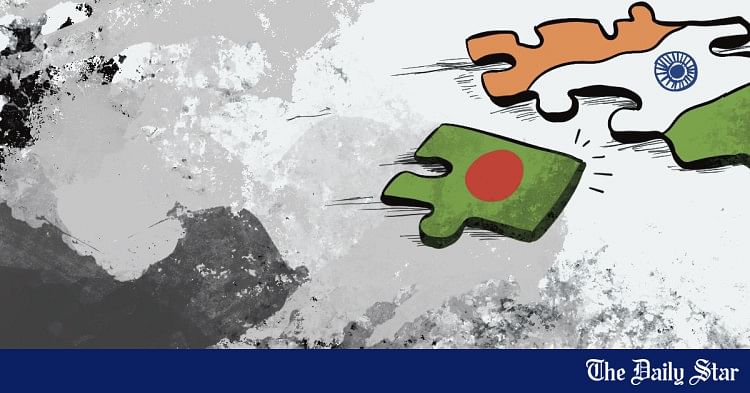Use of Bangladeshi credit cards in India sees steep 73pc decline
bdnews24.com
Published :
Apr 19, 2025 09:33
Updated :
Apr 19, 2025 09:33
The steady decline in credit card transactions by Bangladeshi citizens in India, first observed during the July Uprising last year, has grown more pronounced.
In February, India dropped to sixth place among foreign destinations, with transactions plummeting 73.15 per cent compared to the same period in the previous year.
As in previous months, the United States remains the top destination for Bangladeshi credit card spending.
Thailand, Singapore, Malaysia, and the United Kingdom follow.
These findings were drawn from a monthly report issued by Bangladesh Bank, titled “An Overview of Credit Card Usage Pattern Within and Outside Bangladesh.”
According to the report, Bangladeshis spent Tk 3.83 billion abroad using credit cards in February of this year.
The figure was Tk 4.45 billion in January.
This represents a month-to-month decrease of 13.93 per cent in foreign spending via credit cards.
In contrast, Bangladeshis spent Tk 4.99 billion abroad through credit cards in February 2024.
Among all foreign destinations, the highest amount was spent in the United States in February this year—Tk 520 million.
That figure was Tk 680 million in January.
Thailand ranked second, where Bangladeshis spent Tk 460 million in February.
In January, they spent Tk 640 million.
Singapore saw an increase in credit card spending by Bangladeshis in February, with expenditures rising by Tk 10 million to a total of Tk 390 million.
Malaysia, however, witnessed a decline.
Bangladeshis spent Tk 300 million there in February, down from Tk 350 million in January. As such, the country has secured the fourth position.
The United Kingdom matched Malaysia in February, with Bangladeshi credit card spending totalling Tk 300 million, compared to Tk 330 million in January.
India, now in sixth place, saw spending by Bangladeshi citizens fall to Tk 290 million in February.
In January, the figure stood at Tk 320 million.
This marks a dramatic shift from a year ago, when Bangladeshis spent more than three times that amount in India using credit cards.
In February 2024, the total reached Tk 1.08 billion.
Bangladesh Bank, which began publishing this data in 2023, had shown India as the top destination for Bangladeshi credit card usage.
The United States, Thailand, Singapore, and Malaysia had trailed behind.
That pattern held steady until July 2024.
India imposed visa restrictions following the July Uprising that led to the ousting of the Awami League government.
As a result, travel from Bangladesh to India has fallen significantly, triggering a drop in credit card usage in the neighbouring country.
In July of last year, Bangladeshis spent Tk 730 million on credit cards in India.
The month prior, in June, the figure was even higher at Tk 920 million.
A senior official at Bangladesh Bank, speaking to bdnews24.com, confirmed that travel to India by Bangladeshi citizens has decreased since the change in government in August.
He added that earlier data consistently showed India as the top location for credit card transactions by Bangladeshis abroad.
According to him, recent patterns indicate that Bangladeshis are now opting more for destinations such as Singapore, Malaysia, and Thailand instead of India.
The central bank’s report also includes data on foreign nationals using credit cards while visiting Bangladesh.
In February, foreign citizens spent Tk 2.68 billion in Bangladesh through credit card transactions.
That figure stood at Tk 2.52 billion in January.
This marks a 6.35 per cent increase in foreign spending within Bangladesh over a single month.
Here too, the United States ranks first.
American citizens spent Tk 880 million in Bangladesh.
The United Kingdom follows, with its citizens spending Tk 270 million.
India comes in third, with Indian nationals spending Tk 160 million in Bangladesh using credit cards.








































